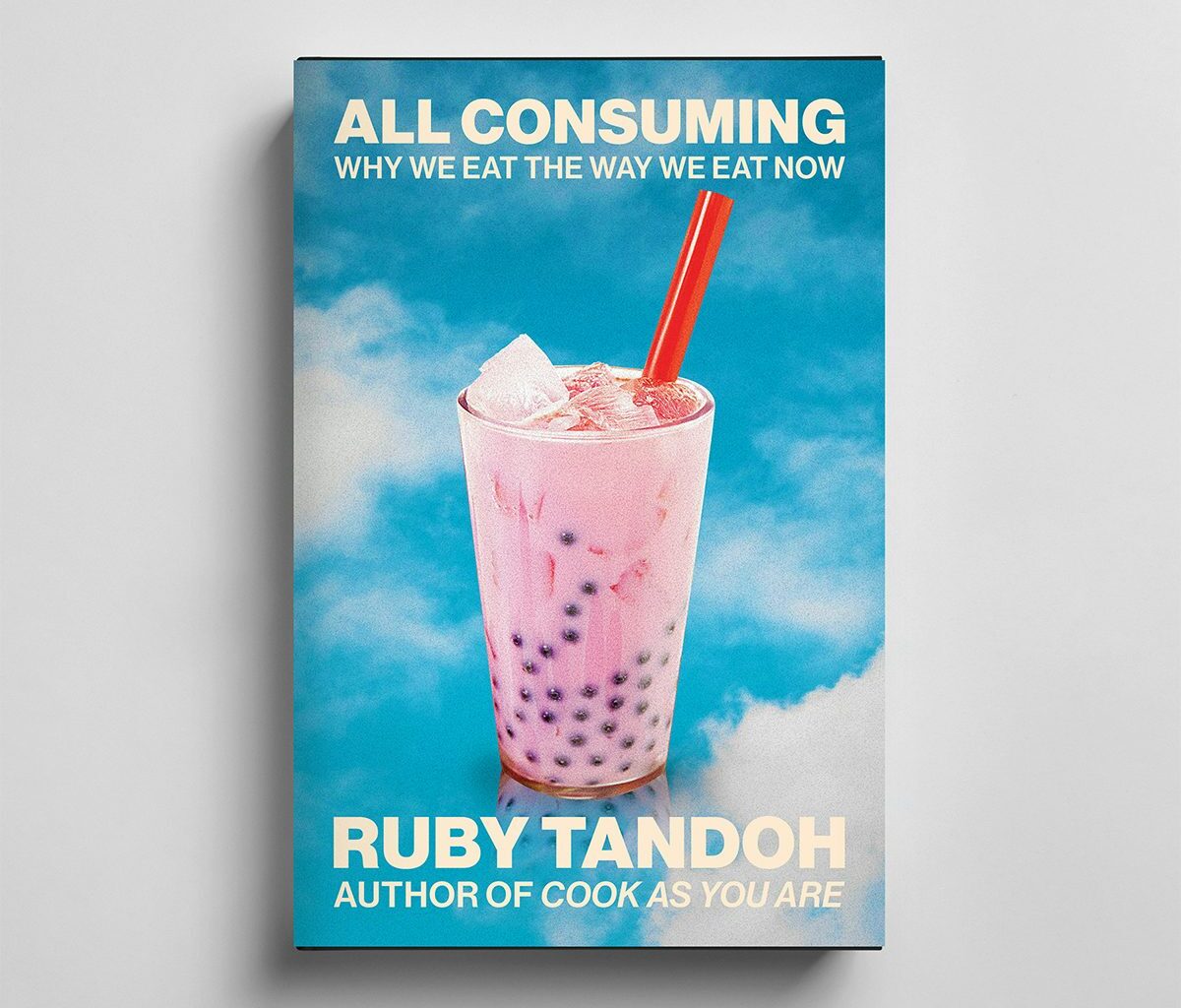For designer and illustrator Jared Bartman finding a signature style is a ‘nice-to-have’ rather than the goal, and instead his focus is on pushing his design “tendencies in a new direction”. Inspired by many different creatives, Bartman is keen to try his hand at various techniques with a view to developing “several different stylistic modes or registers I can work in to fit different design briefs”.
This adaptability is partly informed by the fact that Bartman was a “latecomer” to the field. Having spent over a decade in non-design fields, he has a degree in English and music, and a bootcamp certification in UX/UI design, the area of design he initially worked in when he made the pivot in 2020.
“In retrospect, I wish I’d gone to school for graphic design, but I didn’t really start getting obsessed with design and illustration until I was around 32,” says Bartman, who is based in the US. “But I’ve always loved book covers. I remember really starting to take notice of book cover design as a field of work when I first encountered covers like Peter Mendelsund’s Franz Kafka series, Charlotte Strick’s cover for Roberto Bolaño’s 2666, and Rodrigo Corral’s full-book design for Jay-Z’s Decoded.”
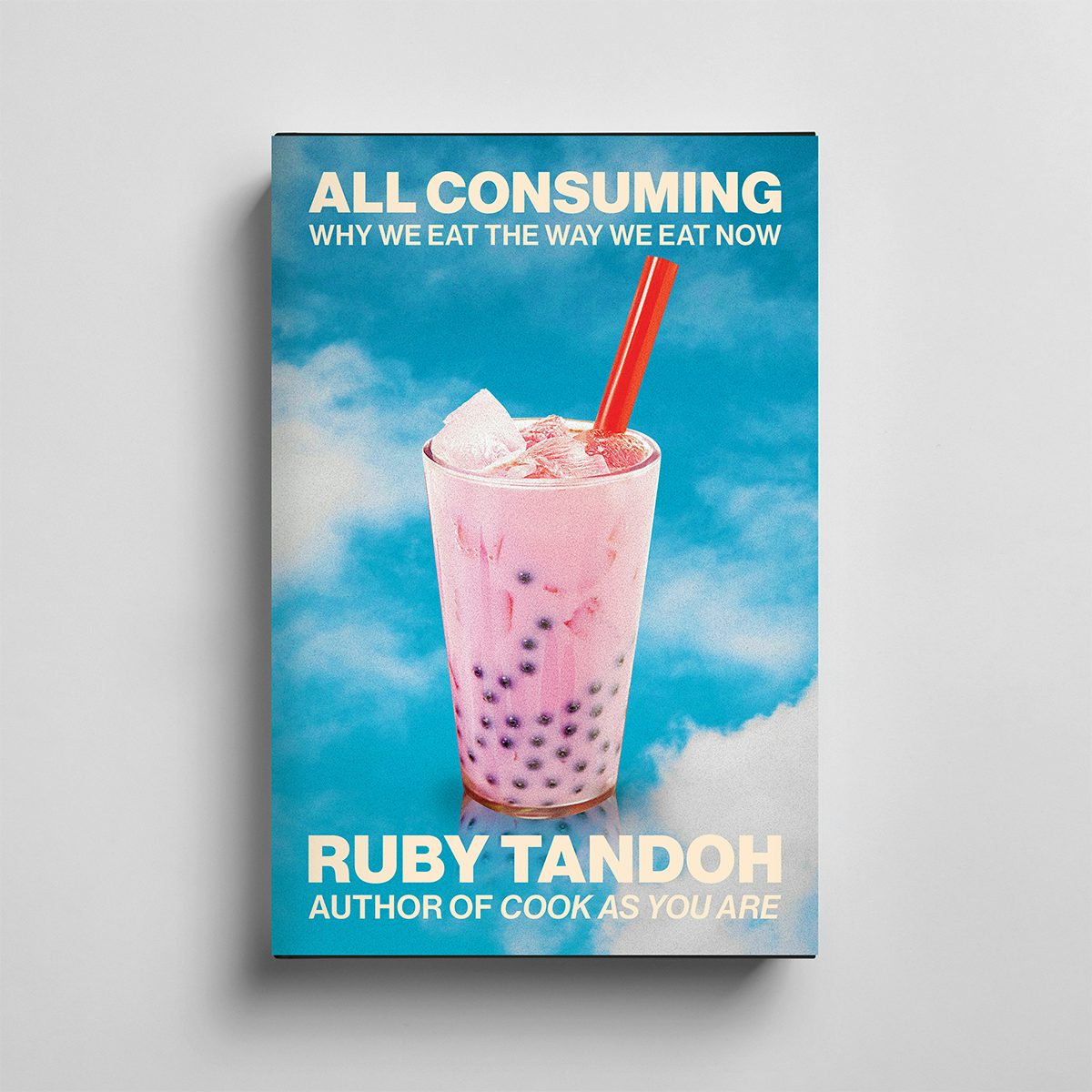 All images: Jared Bartman. Top: Crop of Shadow of the Mammoth by Fabio Morábito; Above: All Consuming: Why We Eat The Way We Eat Now by Ruby Tandoh, both published by Penguin Random House
All images: Jared Bartman. Top: Crop of Shadow of the Mammoth by Fabio Morábito; Above: All Consuming: Why We Eat The Way We Eat Now by Ruby Tandoh, both published by Penguin Random House
In a full circle moment, Bartman interned then later freelanced for Corral and absorbed his ethos around design as well as that of other designers in the studio. This sponge-like approach to learning has proved fruitful on other freelance posts too.
“I’ve found my way into short contract stints working at the Atlantic and New York magazine, which were kind of like a crash course in rapid editorial illustration ideation,” he explains.
“Other art directors in publishing and designer pals have been really kind and open with sharing their knowledge with me. I’m always trying to fill in the gaps of my learning by reading design books and picking up tips from online tutorials.” This autumn, he has taken this further and embarked on formal art classes at his local community college to help his illustration work. “Overall, I feel like I’m just trying to catch up with everyone who has been in the field for a long time.”
 Sea Now by Eva Meijer, published by Two Lines Press
Sea Now by Eva Meijer, published by Two Lines Press
 The Last Dream by Pedro Almodóvar, published HarperVia
The Last Dream by Pedro Almodóvar, published HarperVia
Despite feeling behind, Bartman has racked up an impressive client list in the publishing world including A24, HarperCollins, Harvard University Press, Pantheon Books, Random House, Verso Books and many more. “When I was getting started, I followed designers whose work I admired on Instagram and paid attention to what art directors they thanked when they posted work. That’s essentially still how I figure out who is assigning work,” he says.
“I started reaching out to those people then with friendly messages, asking if they’d consider bringing me on for a project. I often work with the same publishers, but also try to regularly reach out to publishers and art directors I haven’t worked with before about collaborations.”
A pressure many designers feel, particularly in the book world, is being original, and for Bartman it’s a balance between respecting the history of book design as well as being aware of what’s current. “That way, I can have a better sense of what is possible in this medium, as well as knowing what to avoid. I’m always trying to improve, to have more skills in my arsenal to work with in an assignment,” he says.
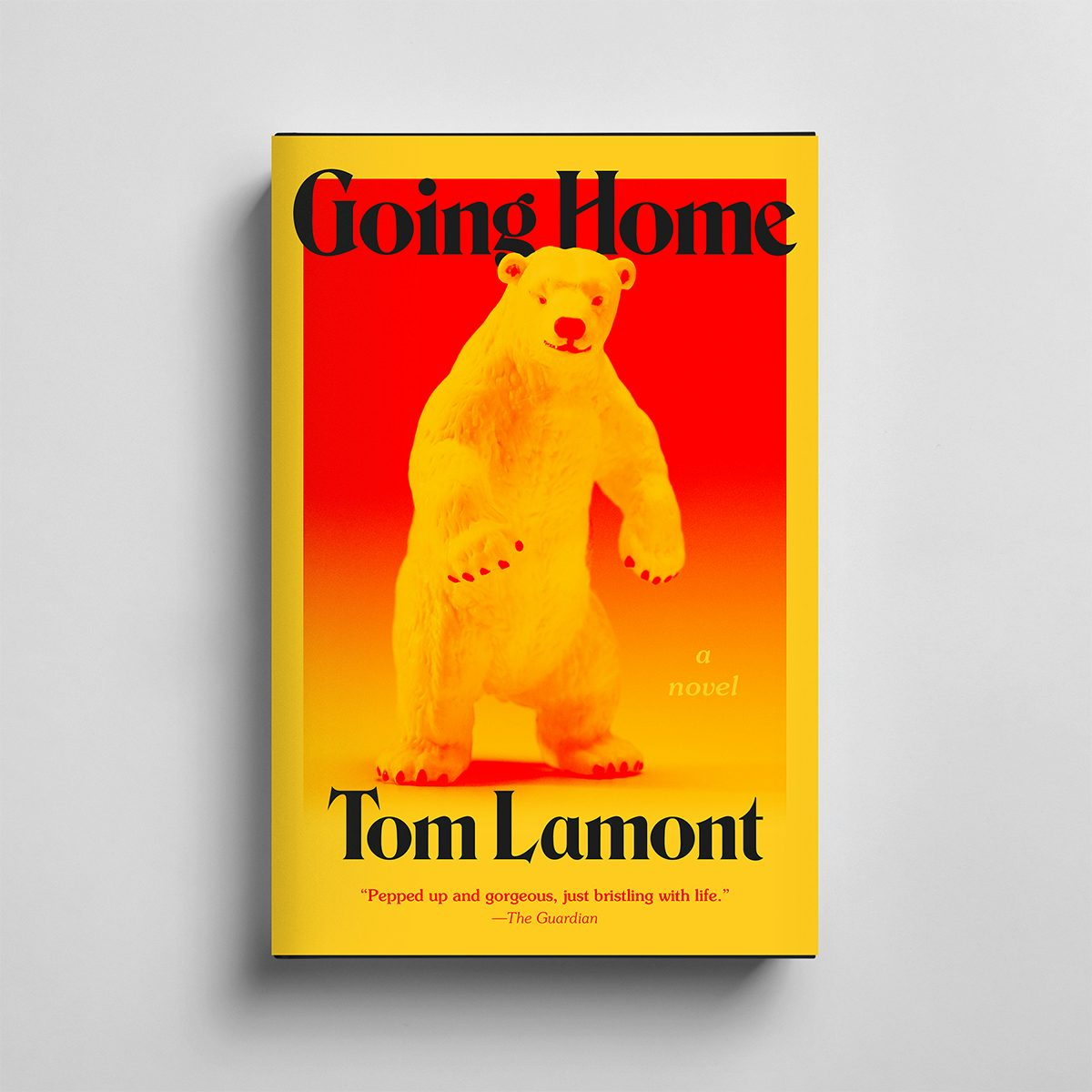 Going Home by Tom Lamont, published by Penguin Random House
Going Home by Tom Lamont, published by Penguin Random House
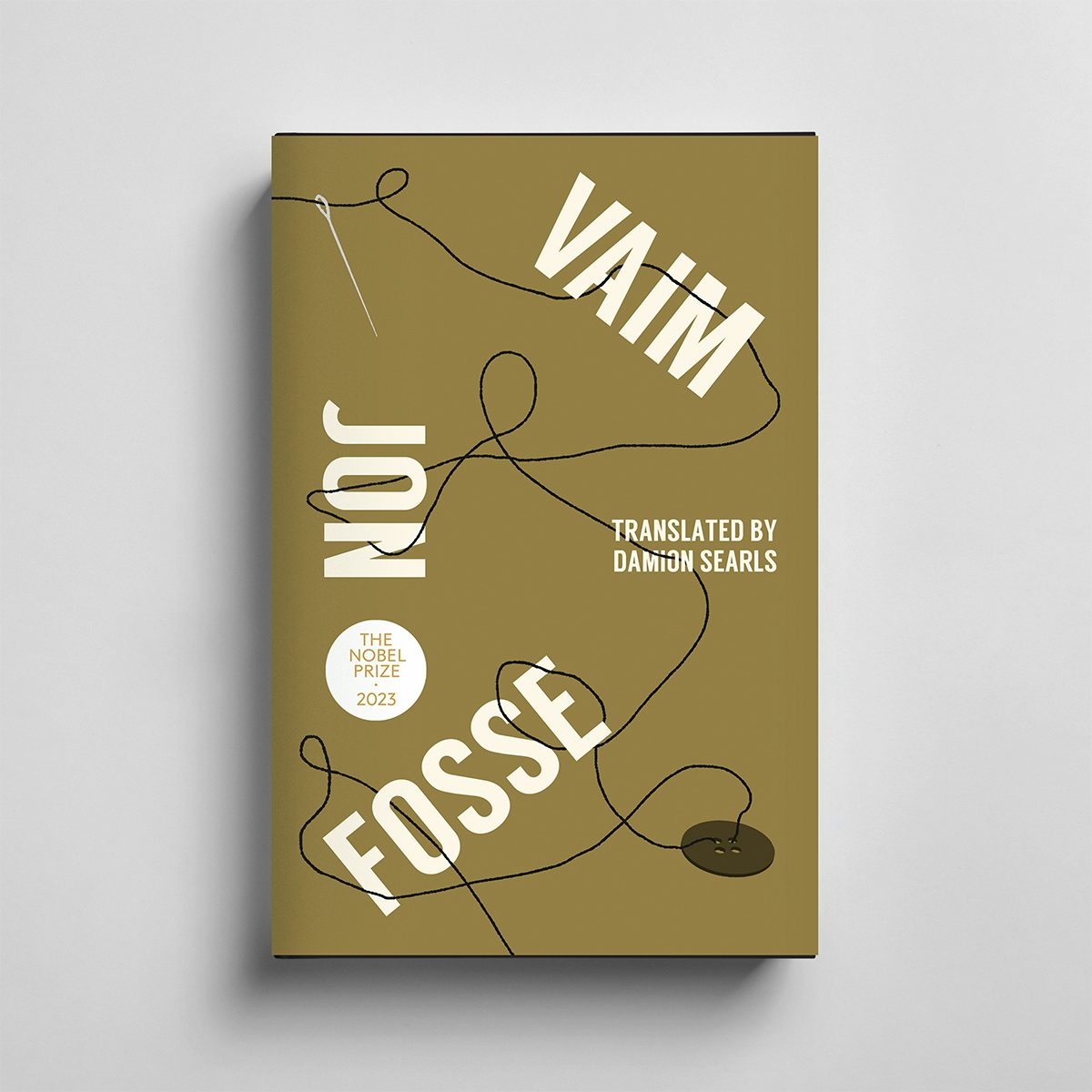 Vaim by Jon Fosse, published by Transit Books
Vaim by Jon Fosse, published by Transit Books
“It’s important, I think, to love book covers and to spend time dissecting the techniques of work you love by other people to try to understand what makes a particular cover successful,” he adds. “Sometimes you need to work through a lot of bad ideas to find your way to the good ideas, to continually try new approaches when ideas aren’t working.”
Inspiration is found in obscure places as well as in the archives of lesser known works, plus in book cover design from around the world. But the first task in most projects for Bartman is reading the entire book, always for fiction projects and when he can for non-fiction if the deadline allows for a full read. “Other designers have said this before, but it’s a different way of reading than reading for fun, where you’re sort of on the alert for imagery and tone above all.”
Essentially, a good cover is making sure his design is “an apt distillation of the book” which is easier said than done. “It’s easy to be overwhelmed by the blank page, or by a page on which nothing is working,” notes Bartman. “For me, I just have to start reading and designing as soon as possible. Conceptualising through thumbnail sketching doesn’t really work for me for whatever reason. Getting into the work itself is transformative.”
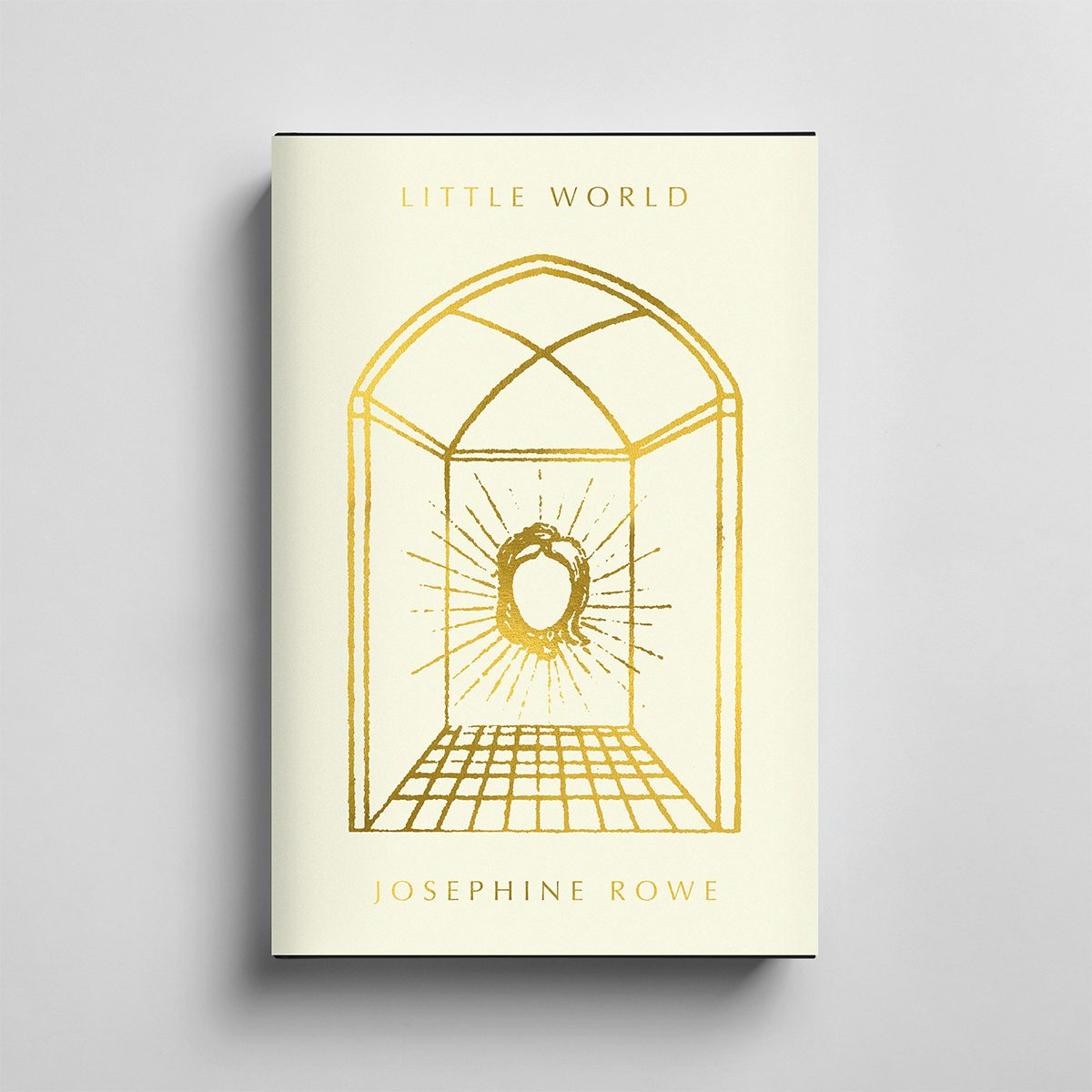 Little World by Josephine Rowe, published by Transit Books
Little World by Josephine Rowe, published by Transit Books
 Shadow of the Mammoth by Fabio Morábito, published by Penguin Random House
Shadow of the Mammoth by Fabio Morábito, published by Penguin Random House
An appetite for using AI for quick, ready-made designs has grown in the last few years, and the book world is no exception (a quick search on Google drums up a list of AI book cover generators). “I don’t think designers should be generating new images with AI or asking ChatGPT for ideas as part of the creative process,” reflects Bartman. “Creative work is so hard, but leaning into complexity and struggling to get better at a craft is ultimately so much more rewarding than getting quick answers from AI…. If the future of design means that designers need to embrace AI and use it excessively in our work to keep up, then I will probably end up leaving the field…. [But] I’d like to think that people will always value work created without AI.”
Outside of AI, there is also the real life competition of other designers. Though Bartman takes an optimistic approach, often revelling in the amount of “amazing designers and illustrators doing phenomenal book cover design work”. “It’s a difficult field to break into, especially if you live in the US and don’t live in New York (which I don’t). When I receive an assignment, I’m sort of vaguely aware of all the great designers who could be on the project, so I try to work hard, do my best, and be pleasant to work with.”
Going forward, Bartman says he’ll continue to learn and hone his craft while paying close attention to a piece of sage wisdom that was shared with him early in his creative journey: “You can’t be and do everything as one designer or illustrator. You just have to work toward becoming the best version of yourself and lean into your strengths. That advice was from my wife, Stephanie.”
 The Abyss by Jeyamohan, published by Transit Books
The Abyss by Jeyamohan, published by Transit Books
